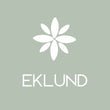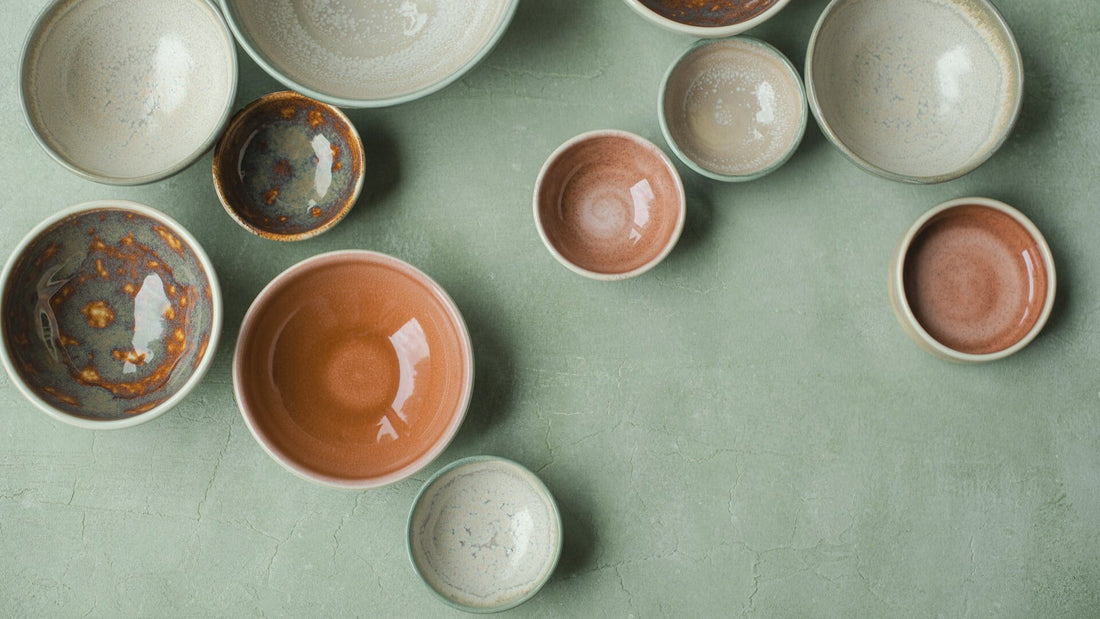Hej everyone,
what makes Scandinavian design so special? When people think of Scandinavia, they often think of clean lines, subtle colors, and a minimalist aesthetic. But when it comes to ceramics, the design world is far more diverse than one might think.
From minimalist forms to organic structures to colorful, playful patterns, Scandinavian ceramics has many faces. The designs reflect not only the zeitgeist but also the connection to nature, functionality, and artistic expression.
But how exactly do the styles differ?
And how do they work in our living spaces? Let's delve into the fascinating world of Scandinavian ceramics – from simple to extravagant.
1. Minimalist Ceramics – The Art of Reduction
Simple, timeless, functional
Minimalist ceramics is probably what most people associate with Scandinavian design. Clean lines, subtle color nuances, and functional forms characterize this style.
Typical features:
✔ Simple geometric shapes – round, cylindrical or slightly conical, without playful details.
✔ Neutral colors – white, gray, beige or soft earth tones dominate.
✔ Matte or glossy? – Often with a silky-matte glaze or a natural, unglazed surface.
Iconic representatives:
- Dansk Design (Denmark) – Functional everyday ceramics with a clear design language.
- Arabia (Finland) – Minimalist ceramics that perfectly embody Scandinavian simplicity.
- Gustavsberg (Sweden) – Timeless tableware series that can be found in many Scandinavian households.
Effect in the room:
Minimalist ceramics bring calm and elegance to the living space. They fit perfectly into modern, Scandinavian interiors and harmonize with natural materials such as wood or stone.
2. Organic Ceramics – Inspired by Nature
Soft lines and natural textures
Organic ceramics stand out from strict forms and often appear as if formed by nature. These pieces are reminiscent of stones, shells, or the movement of water—a perfect union of design and nature.
Typical features:
✔ Flowing, uneven shapes – perfection is deliberately avoided here.
✔ Natural glazes – Soft color gradients, often inspired by earth, sand and ocean.
✔ Textures and reliefs – Often with rough or grooved surfaces that offer a tactile experience.
Iconic representatives:
- Turi Gramstad Oliver (Norway) – Natural, handmade ceramics with unique patterns.
- Signe Persson-Melin (Sweden) – Well-known ceramic artist with a preference for soft, organic forms.
- Kähler Design (Denmark) – Particularly known for the “Omaggio” series with hand-painted stripes.
Effect in the room:
Organic ceramics bring warmth and vibrancy to your home. They look particularly harmonious when combined with plants, wood, and handmade textiles.
3. Colorful & playful ceramics – dare to be extravagant
Design with character
Who says Scandinavian design consists only of neutral colors and minimalist shapes? In the 1950s to 1970s, Scandinavian ceramics experienced an explosion of colors, patterns, and playful designs.
Typical features:
✔ Bright colors – blue, red, yellow or strong green as a statement.
✔ Hand-painted patterns – floral or abstract motifs with great attention to detail.
✔ Experimental shapes – From asymmetrical bowls to eye-catching animal figures.
Iconic representatives:
- Stig Lindberg (Sweden) – Famous for his colorful, often humorous ceramic designs.
- Bjørn Wiinblad (Denmark) – His imaginative ceramics with floral patterns are real collector's items.
- Lisa Larson (Sweden) – Known for her charming ceramic animal figurines.
Effect in the room:
Colorful and playful ceramics add a touch of personality to your home. They're perfect for an eclectic interior design style or as a stand-alone piece in a simple setting.
Which style suits you?
Depending on your interior design style and personal preference, you can create different moods with Scandinavian ceramics:
- Minimalist ceramics → Perfect for modern, tidy rooms with clean lines.
- Organic ceramics → Ideal for cozy, natural interiors with lots of wood and earth tones.
- Colorful ceramics → Sets accents in playful, creative living spaces.
A mix of different styles can also be exciting.
A simple white vase next to a hand-painted bowl? Works perfectly and creates a unique look.
Conclusion: Scandinavian ceramics as an expression of style and personality
Whether minimalist, organic, or playful – Scandinavian ceramics offers the right aesthetic for every taste. While some love simple elegance, others prefer vibrant colors and playful patterns.
No matter which style you choose: Scandinavian ceramics are timeless, high-quality and bring a piece of Nordic lifestyle into your home.
Maybe next time you're looking for a special piece in a vintage shop or flea market, you'll find a true design gem that's perfect for you!

